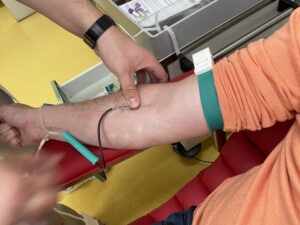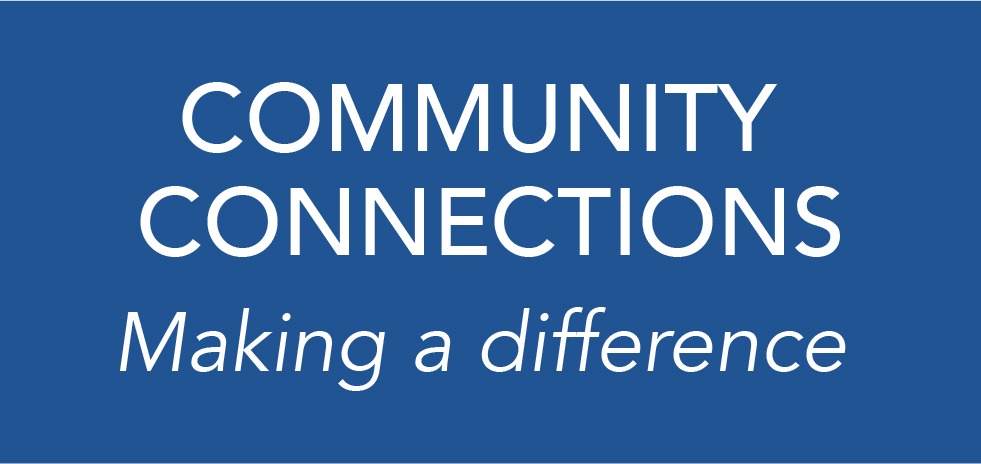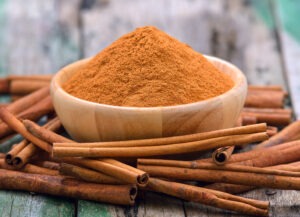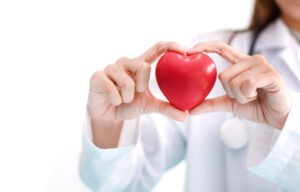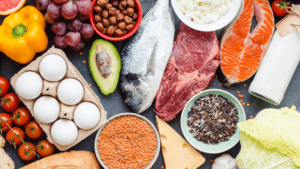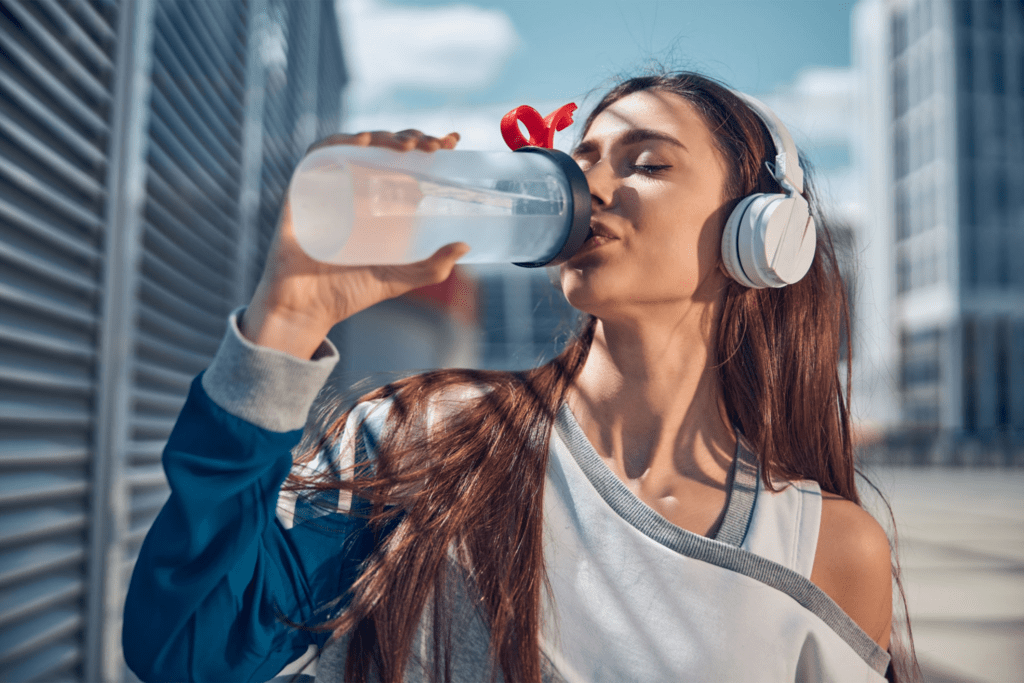
How often have you heard your stomach growl, felt a little light-headed or had an oncoming headache and immediately reached for a snack? You might be surprised to find that what can feel like a hunger pang is actually thirst. These two sensations ride a fine line, and being able to tell the difference can help you be successful with your daily diet!
When true hunger strikes, many people are guilty of opening the fridge or pantry and immediately looking for ready-to-eat or pre-packaged foods for a quick fix. The next time you get a stomach pang, though, pause and ask yourself if you’re really hungry or could you just be thirsty? Here are some common hunger symptoms to set the basis for your answer:
- Empty feeling in your stomach
- Stomach gurgling or rumbling
- Dizziness, faintness or light-headedness
- Headaches
- Irritability
- Lack of concentration
- Nausea
The truth is, most people confuse thirst and hunger, often mistaking the former for the latter. Clinical studies have shown that 37% of people mistake thirst for hunger because thirst signals can be weak. This can create added issues for chronic kidney disease patients who are sometimes placed on fluid restrictions to reduce their kidneys’ workload. Always follow these restrictions, but also make sure your body is getting enough fluid, too. Signs of thirst symptoms may include:
- Dry skin
- Feeling sluggish
- Dry-eyes
- Increased heart rate
- Headache
- Nausea
- Dizziness
With symptoms that overlap, one can easily confuse hunger and thirst. Pay close attention to these feelings when you have them and think about what you’ve eaten or drank so far for the day. Here are a few helpful reminders to keep your cravings in check:
- Don’t wait until you’re thirsty to grab a drink. Staying hydrated throughout the day helps curb cravings, keeps you alert, and helps digestion. Make sure you’re reaching your daily fluid allowance. Also be sure to monitor your fluid intake to avoid dehydration and its pesky symptoms, like nausea and headaches.
- Listen to your body. Don’t be tempted to reach for whatever snack is in sight at the first sign of “hunger.” To figure out if that feeling is hunger or thirst, drink water—within your fluid allowance—and then wait 15 minutes. If you were truly hungry, you might still feel a stomach pang, whereas if you were just thirsty, you’ll feel satisfied.
- Opt for kidney-friendly foods when hunger strikes. Fiber-rich snacks, which are low in fat and high in antioxidants, are a great option to help chronic kidney patients stay within protein, phosphorus, sodium and potassium guidelines. A few examples include apples, berries, and red and purple-skinned grapes.















